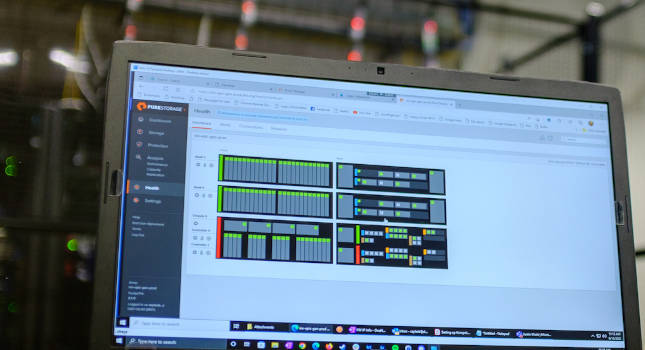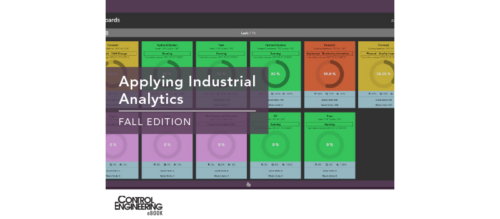Four analytics areas for manufacturers to emphasize
Operational improvement can be met by digging into each step of the equipment's timing, accuracy and causes of process step disruption by analyzing the raw data.
Analytics insights
- Companies struggle to figure out how to accumulate and make the best use of their raw data.
- There are support services that incorporate analytical tools to help identify potential areas for improvement and reduce the root causes of potential issues.
- The four major analytics focus are alarm analysis, proportional-integral-derivative (PID) performance analysis, sequencer performance and production cost calculation.
Data is today’s currency; however, people are still trying to figure out how to accumulate this new type of capital. Many manufacturers and industrial facilities have reams and reams of raw data, but still struggle to determine how to make the best use of it. This is a common struggle among companies that are looking to take the first steps of analytics.
They are often unsure of the best way to begin or how they can find a return on investment. Whether it’s trying to get a better handle on what happened, understand why it happened, gain an insight into what will happen or get a direction and guidance on the best course of action given the current circumstances, many companies are attempting to drive more information out of their existing raw data.
Sometimes customers have an idea of the problem they want to investigate, but many are looking to understand how data and analytics can help them improve their operations with a managed support offering. This is a great place to start: Identify potential areas for improvement, along with things that are driving inefficiencies.
Four focus points for analytics
The goal of a managed service offering is leveraging analytics to continually improve operations by targeting and reducing the root causes of the top issues. These tools are universal and can be leveraged across a variety of processes and systems.
The four major focus areas are:
-
Alarm analysis
-
Proportional-integral-derivative (PID) performance
-
Sequencer performance
-
Production cost calculation.
The alarm analysis is focused on creating a better understanding of what drives alarms during the process. Here we look at the frequency and duration of alarms in conjunction with which alarms are unacknowledged or ignored. This allows better insight into which issues are on the rise and causing the most downtime along with how engaged the operators are with certain issues. This not only helps highlight which issues need to be addressed for improved operations, but also which alarms are distracting or taking away from the operators’ ability to complete their tasks based on the nuisance aspect of the identified alarms.
The PID and sequencer analyses are focused on understanding how effectively different controls operations are executing. The PID performance analysis looks at how quickly the process adjusts to a new setpoint and how well it holds the setpoint once it’s in range. The sequencer performance analysis analyzes how well actuals adhere to targets in addition to how long each step takes. Both allow for historical comparisons to see if things are getting better or worse on the process over time. Furthermore, they also identify special conditions in which performance is sub-standard compared to other, more “normal” conditions.
The production cost calculator is a more encompassing metric than a traditional overall equipment effectiveness (OEE) calculation in that it considers equipment, personnel, material, and energy consumption that goes into the amount of good product produced and determines (in real-time) the unit cost of the item being produced and allows users to compare that to historical averages and specific instances. This not only gives a readout of how efficiently operations are performing and what are the biggest drivers of additional cost, but also allows for comparison of different approaches or changes to the process, allowing for cost comparison and real return on investment (ROI) based on any kind of process or operational change, whether related to controls or not.
While there are other potential opportunities, these represent a good example of different items to consider analyzing in the pursuit of operational improvement. Digging into each step of the equipment’s timing, accuracy, and causes of process step disruption is a great way to unlock operational potential.
– Avanceon is a CFE Media and Technology content partner.
Original content can be found at Avanceon.
Do you have experience and expertise with the topics mentioned in this content? You should consider contributing to our CFE Media editorial team and getting the recognition you and your company deserve. Click here to start this process.





